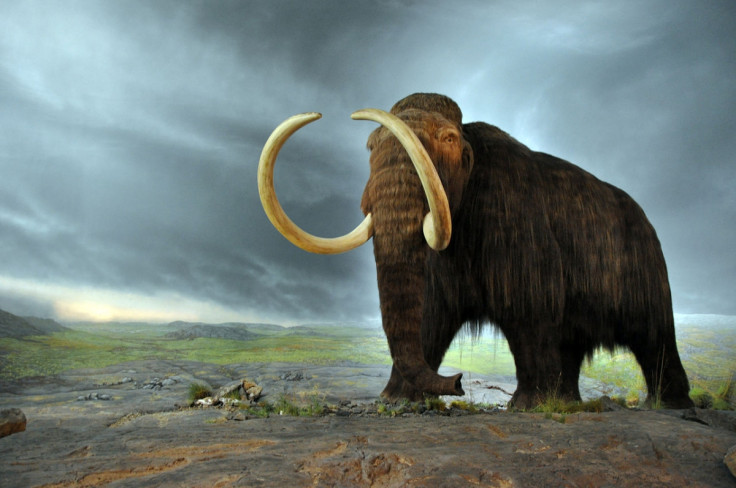Jurassic Parka: Woolly mammoths one step closer to returning from the dead

Woolly mammoths may walk the earth once more after scientists took another step towards realising a long-held dream to recreate their DNA.
George Church, a professor of genetics at Harvard University, used a new technique to insert DNA from the extinct mammal into an elephant genome.
"We prioritised genes associated with cold resistance including hairiness, ear size, subcutaneous fat and, especially, haemoglobin," Church told The Sunday Times.
"We now have functioning elephant cells with mammoth DNA in them. We have not published it in a scientific journal because there is more work to do, but we plan to do so."
Church recently ruled out the possibility of bringing the mammoths back to life via cloning from frozen remains, preferring to focus on rebuilding the full mammoth genome by analysing DNA from preserved remains and inserting it into the cells of its closest living relative – the Asian elephant.
"We have functioning elephant cells with mammoth DNA in them right now," Church told the Washington Post via email in February. "No failures so far as I know… We have Crispr [a new technique allowing scientists to edit DNA] working in elephant cells and have made 14 changes in the genome fairly easily so far."
The idea is explored by evolutionary biologist Beth Shapiro in her new book, How to Clone a Mammoth: The Science of De-Extinction.
The University of California professor wrote that: "If we really want to bring mammoths back to life, then we're in luck, as far as DNA preservation goes.
"Some mammoths lived in places where their bones and carcases were buried in permafrost, like being stuck in a freezer for 30,000-plus years.
"It's in pretty shoddy condition, so hard to piece together, but if we sort through these tiny pieces, finding where they fit along the elephant genome, then we can slowly build a lot of the mammoth genome."
Shapiro is due to give a talk about resurrecting mammoths at London's Royal institution on 21 May.
Mammoths became extinct around 10,000 years ago but the discovery of near-perfect preserved remains found in freezing areas has prompted a variety of research studies.
The question of whether mammoths even need to be resurrected is hotly contested.
Church argues that the return of the woolly mammoth – or rather, the return of something very similar – could help restore fragile ecosystems.
"The Siberian permafrost is melting with climate change, but research suggests large mammals could stabilise it," he told The Sunday Times.
But an expert on ancient DNA, Professor Alex Greenwood, who heads the Department of Wildlife Diseases at Leibniz Institute for Zoo and Wildlife Research, disagrees.
"We face the potential extinction of African and Asian elephants. Why bring back another elephant from extinction when we cannot even keep the ones that are not extinct around? What is the message? We can be as irresponsible with the environment as we want. Then we'll just clone things back?
"Money would be better spent focusing on conserving what we do have than spending it on an animal that has been extinct for thousands of years."
© Copyright IBTimes 2025. All rights reserved.





















